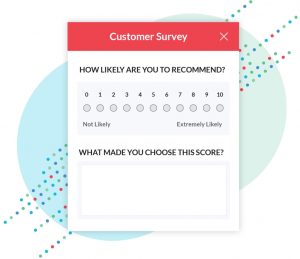The maintenance of a good manufacturer-distributor relationship has ramifications across all points of the supply chain. On a company-specific level, effectively nurturing a strong connection with suppliers and customers can equate to competitive pricing, higher availability, and the effective sharing of industry-sensitive information. On a wider basis, time and effort invested in fostering such relationships can translate into highly effective, streamlined processes that will positively impact all those companies involved, from manufacturers to consumers.
The key to fostering a mutually rewarding manufacturer-distributor relationship lies in understanding the differences between the two entities. Distributors can operate at many levels of the supply chain but usually function as an intermediary between manufacturers and retailers. Manufacturers, on the other hand, usually work independently with limited input from companies further up the supply chain. Very often, the relationship manufacturers have with distributors is the primary source of direct information about the consumer market.
In this post we’re going to look at four key ways to maintain strong links with your own distributors or manufacturers.
4 Tips for Improving Your Manufacturer-Distributor Dynamic
1. Implement robust manufacturer-distributor information-sharing processes.
The free flow of information between manufacturers and suppliers is essential for maintaining effective and timely distribution processes. This fact applies as much to the manufacturer-distributor relationship as it does to other interacting elements in the supply chain. Now more than ever, the demand for information shapes how companies manage and share their data. At a consumer level, for example, the need for transparency regarding aspects of products such as provenance and ethical integrity is considered a given by retailers.
This principle also applies to sharing internal company goals and benchmarks. For example, manufacturers can benefit from having a clear idea of the predicted level of sales a distributor expects to meet, and this information likely comes from retailers. In a similar way, distributors can benefit from knowing about information regarding fluctuations affecting the flow of goods, which likely comes from manufacturers.
2. Maintain in-person contact with reps.
As the modern B2B landscape inevitably shifts towards greater automation, the need for in-person contact between companies has been highlighted. The rise of eCommerce has meant that processes that typically involved face-to-face negotiation are now executed digitally. While this has improved efficiency in many cases, it has also created a context in which manufacturer-distributor relationships are more likely to suffer the negative consequences of poor communication and lack of information.
For this reason, it’s important that clear lines of direct communication are established and maintained. All companies are subject to certain shifting circumstances and unforeseen problems that can only be remedied outside the bounds of automation.Both manufacturers and distributors should recognize this. In-person communication can also lead to opportunities that aren’t otherwise available in an automated setting. For distributors in particular, this can lead to key competitive advantages.
3. Use information from all parts of the supply chain.
Alongside implementing effective communication strategies, both manufacturers and distributors should also properly manage the information they have access to. Different manufacturers and distributors will have different needs regarding the data that they require, and the basis of any sharing infrastructure should recognize this fact. The key is that any such infrastructure needs to draw from information from all parts of the supply chain.
It’s also important to understand that both manufacturers and distributors will have access to different types and quantities of information because of their different roles in the supply chain. Because of this, a certain degree of assimilation and filtering will be necessary from a central standpoint. Finally, both manufacturers and distributors are likely supplying to competitors, which means there will be a degree of confidentiality regarding certain types of data.
4. Take advantage of new technology to speed up the supply process.
New technologies, especially “smart” factory automation and eCommerce, can significantly streamline traditional supply processes. As integration and automation become more mainstream and standardized, there is a requirement for both manufacturers and distributors to adapt. Failure to do so can place unnecessary strain on other elements of the supply chain.
Effective automation can also work to eradicate many of the problems that typically impact the relationship between manufacturers and distributors, such as late payments, vague data about stock levels, and poor delivery information. It’s also possible to use software to track customer behavior, such as timeliness with payments, with a view to creating appropriate rewards and incentives.
What are your thoughts about nurturing customer-distributor relationships? Let us know in the comments section below!
Business & Finance Articles on Business 2 Community(36)









